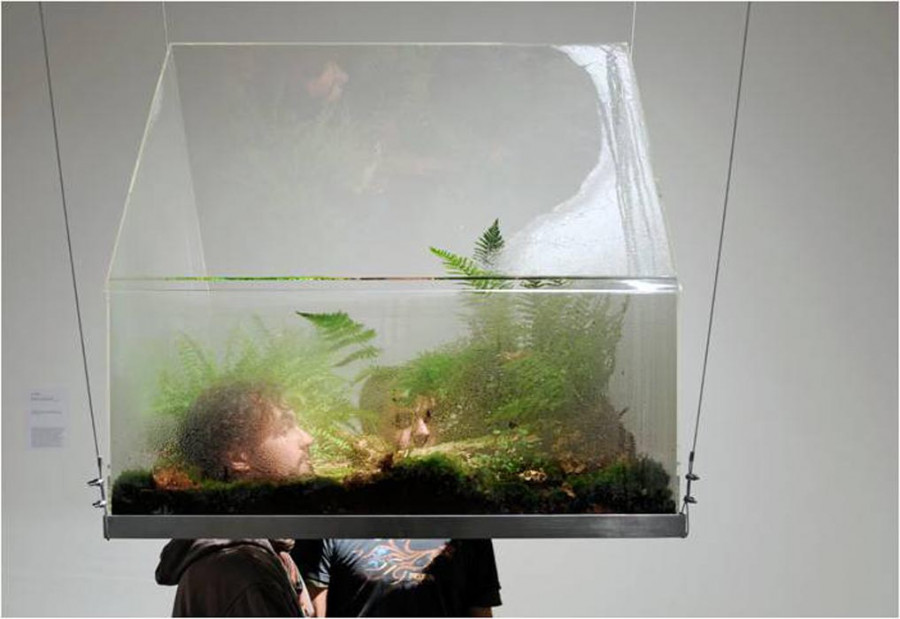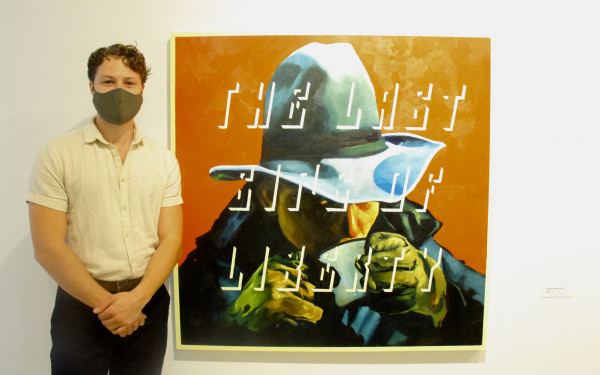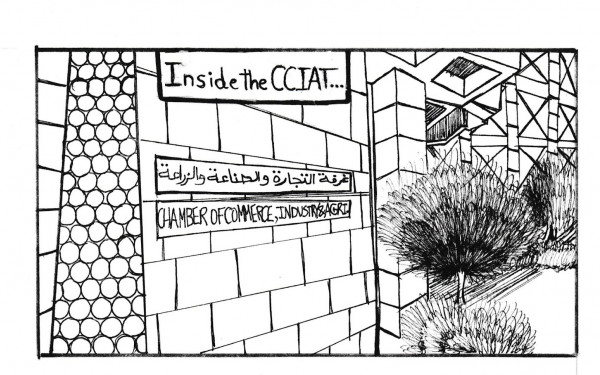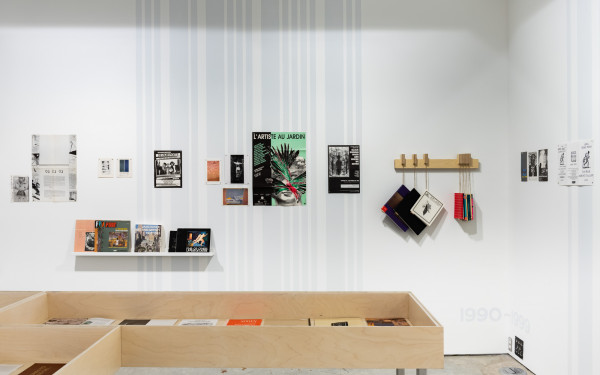Art Educators of the Future
And Concordia’s Lack of Sustainable Art Education
Not all artists are concerned with the environment. But some are.
Catherine Racicot, a fourth-year art education student at Concordia University, is one of these artists.
These days, it seems that everyone and their grandma are concerned about being green. In fact, even Concordia University claims to be a leader in sustainability. However, there are currently no required courses in environmentalism as part of the art education program. This, Racicot says, is a problem.
“Art is almost entirely a material manifestation. These artworks are created by artist mediums that are simply viewed as neutral mediums and tools to create with. But I don’t think they are,” she said.
“They have histories and impacts of their own, beyond the painting or artwork. But in this program there are no courses about this. You can graduate as an art educator and go out into your community and teach and use all these materials over your lifetime, without any understanding about where the materials come from and their impact on the surrounding ecologies. This is not sustainable,” she said.
“This really struck me, especially at Concordia University, which attempts to be a leader in sustainability.
“The environment matters in everything. We aren’t anything without it. It’s everywhere and it’s always here,” continued Racicot.
Ecological art, or eco art, is a form of art created by artists who are concerned about local and global environmental issues. The idea is to create works with the intention of not doing any harm to the environment, or to raise awareness about environmental issues.
Racicot said that she has watched piles of art being thrown out in trash bins at the end of the term. Lots of the works created in these programs are “experimental,” and not all experiments work out.
Concordia’s lack of sustainable education is not due to the lack of professors that specialize in these topics, said Racicot.
John Grande, a local art historian who specializes in environmental art topics and a professor at the University of Sherbrooke approached Concordia University’s fine arts department more than once with suggestions of adding more environmental-based art courses. Each time his recommendations “fell on deaf ears,” according to Racicot.
Last year, she added, there was only one environmental art course that was offered as a temporary special topic course.
“The professor [who taught the class] had done her Ph.D thesis at Concordia on art education and environmentalism a few years ago. She tried applying to become a faculty member in the Concordia Fine Arts program last year, but they selected another candidate.
“For me, that choice just defined fine arts at Concordia. I have much less experience to know what is going on and why [but] I am still trying to navigate my ideas about environmentalism and art. Many universities are now offering this [type of] curriculum.”
Racicot also noted that the Concordia libraries have a very limited selection of books on the subject.
“I believe there should always be sustainable art education available on campus, either through courses, or through organizing visiting artists, speakers series, or an eco-art resource centre/library.”
So what does one do when their university isn’t fulfilling their expectations? Fulfill it themselves. Racicot holds weekly experimental workshops that deal with issues of sustainable art.
“How-to Create Your Own Natural House Paint,” led by Catherine Racicot / Concordia Greenhouse / Rooftop of the Hall Building / Wed. April 6 / 12:30 p.m.–1:30 p.m.
Spring Fling Plant Sale / Concordia Greenhouse / Rooftop of the Hall Building / March 28–March 31 / 12:00 p.m.–6:00 p.m.


_600_832_s.png)




